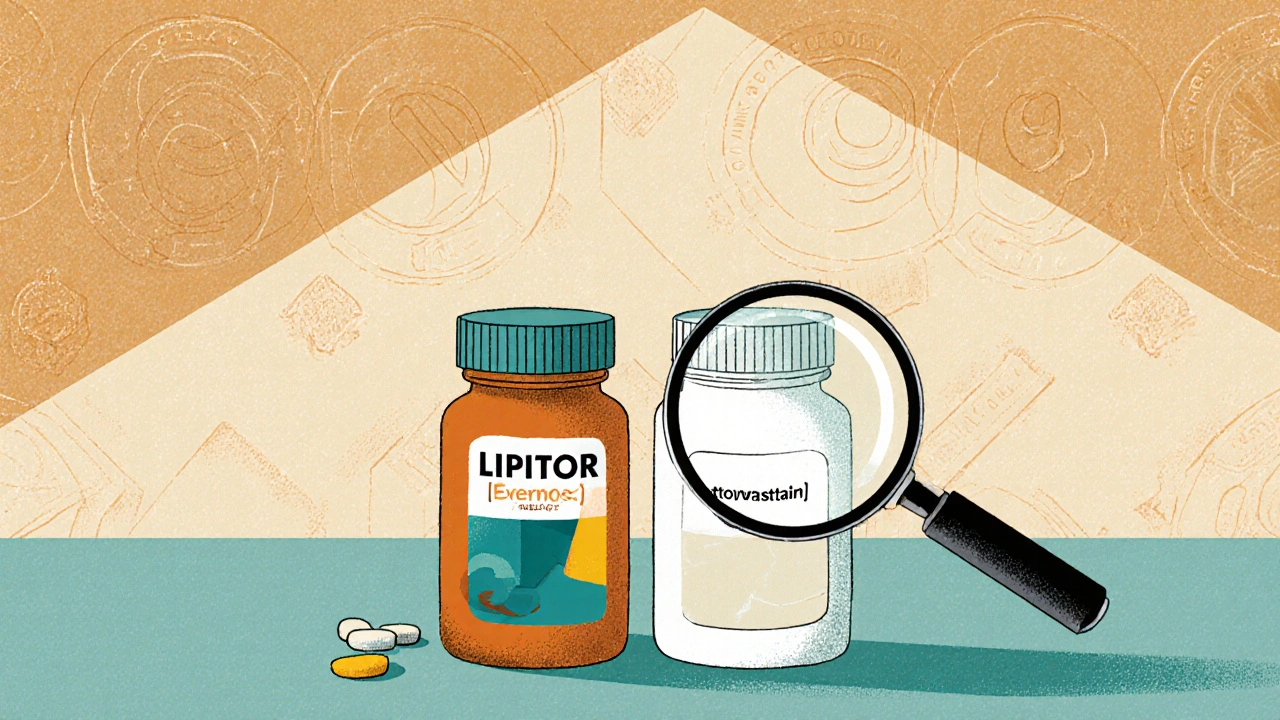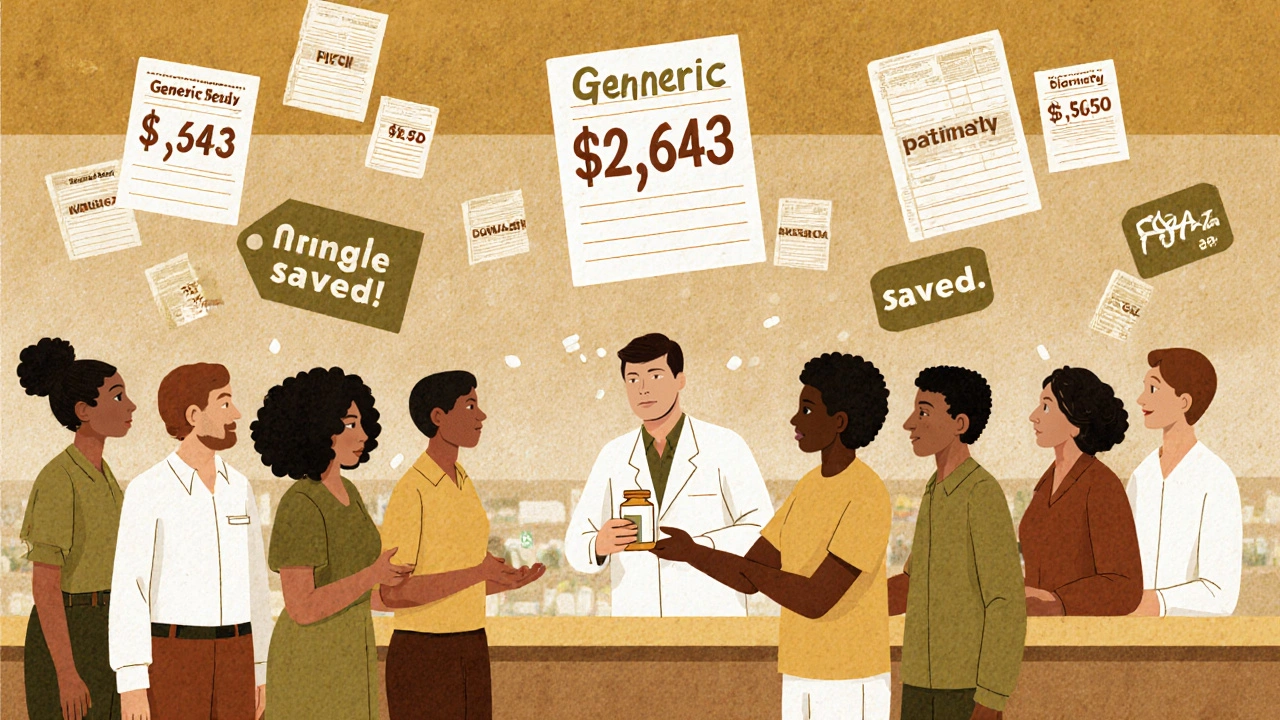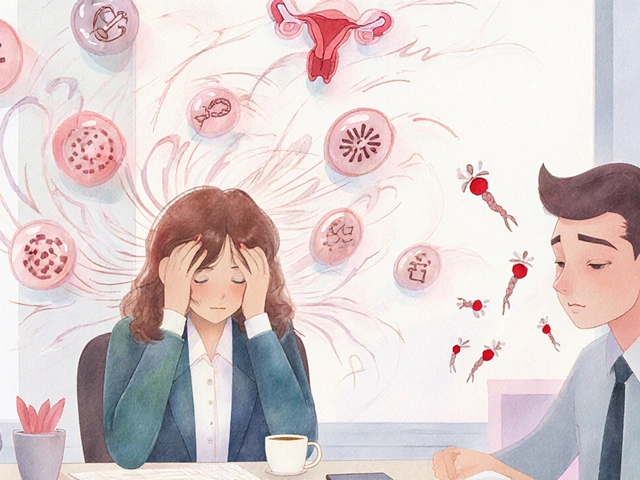Generic Drugs: What They Are, How They Work, and Why They Save Money
When you hear generic drugs, medications that contain the same active ingredients as brand-name drugs but are sold under their chemical name. Also known as generic medication, they are approved by health agencies worldwide to work identically to their branded counterparts—just without the marketing cost. You might think they’re weaker, older, or less reliable. But that’s not true. A generic drug isn’t a copy—it’s the same medicine, made to the same strict standards. The FDA and other global regulators require them to match brand-name drugs in dosage, strength, safety, and how fast they work in your body. If your doctor prescribes lisinopril, you’re getting the exact same drug as Zestril—just without the fancy packaging.
What makes brand name drugs, originally developed medications protected by patents and sold under proprietary names. Also known as originator drugs, it so expensive? You’re paying for research, clinical trials, advertising, and patent protection. Once the patent expires, other companies can produce the same formula. That’s when generic drugs enter the market. Prices drop by 80% or more. Many people don’t realize that over 90% of prescriptions filled in the U.S. are for generics. And studies from the FDA and independent journals show they work just as well. You’re not sacrificing quality—you’re cutting waste.
But not all generics are created equal in perception. Some patients worry about side effects changing when switching from brand to generic. That’s usually a placebo effect. Still, there are cases where small differences in inactive ingredients (like fillers or coatings) matter—for example, in drugs with narrow therapeutic windows like warfarin or levothyroxine. That’s why your doctor or pharmacist might recommend sticking with one version. But for most medications—antibiotics, blood pressure pills, diabetes drugs, antidepressants—switching to generic is safe, smart, and saves hundreds a year.
Related to this are drug equivalence, the scientific proof that two medications produce the same clinical effect in the body. Also known as bioequivalence, it is the backbone of generic approval. Before a generic hits shelves, it must prove it releases the same amount of active ingredient at the same rate as the brand. That’s tested in real people, not just labs. So if your metformin or atorvastatin generic works fine, it’s because regulators made sure of it.
You’ll also see cost-effective medications, drugs that deliver the same health outcome at a fraction of the price. Also known as affordable alternatives, it everywhere in our posts—from comparing Azathioprine to brand immunosuppressants, to showing how Tadalista Super Active stacks up against Cialis. These aren’t just budget options—they’re the standard of care for millions. Even in chronic conditions like lupus, diabetes, or high blood pressure, generics keep treatment sustainable.
And safety? It’s not an afterthought. Every batch of generic drug is inspected. Every factory is audited. The same rules apply whether it’s made in the U.S., India, or Germany. The real risk isn’t in the pills—it’s in misinformation. Social media tells you generics are ‘inferior.’ But the science says otherwise. If your insurance pushes you to a generic, or your pharmacist hands you a cheaper bottle, don’t second-guess it. Ask questions if you’re unsure—but trust the system. It’s designed to protect you.
Below, you’ll find real comparisons and deep dives on how generics fit into everyday treatment. From antibiotics like Chloramphenicol to ED pills like Fildena Strong, we break down what’s the same, what’s different, and what actually matters for your health—and your wallet.

- Dec 10, 2025
- Posted by Cillian Osterfield
Quality and Efficacy: Are Authorized Generics as Good as Brands?
Authorized generics are the exact same medication as brand-name drugs, made in the same factory with identical ingredients. Learn why they're just as effective, how much you can save, and how to ask for them at the pharmacy.

- Nov 27, 2025
- Posted by Cillian Osterfield
Authorized Generics vs Brand Drugs: What You Need to Know About Identical Medications
Authorized generics are identical to brand-name drugs in every way - same ingredients, same factory, same results. Learn how they work, why they cost less, and when they’re the smartest choice for your health.

- Nov 16, 2025
- Posted by Cillian Osterfield
Global Perspectives on Generics: How Countries Control Drug Costs and Keep Medicines Affordable
Global policies on generic drugs vary widely-from price controls in China to substitution laws in Europe. Learn how countries balance affordability, quality, and access to keep essential medicines available.
Categories
- Health and Wellness (57)
- Medications (39)
- Health and Medicine (22)
- Pharmacy Services (10)
- Mental Health (5)
- Health and Career (2)
- Medical Research (2)
- Business and Finance (2)
- Health Information (1)
Latest Posts
©2025 heydoctor.su. All rights reserved





